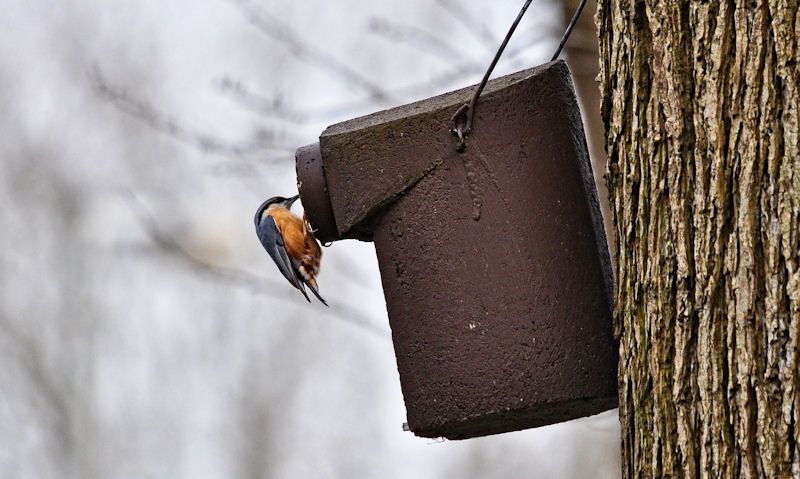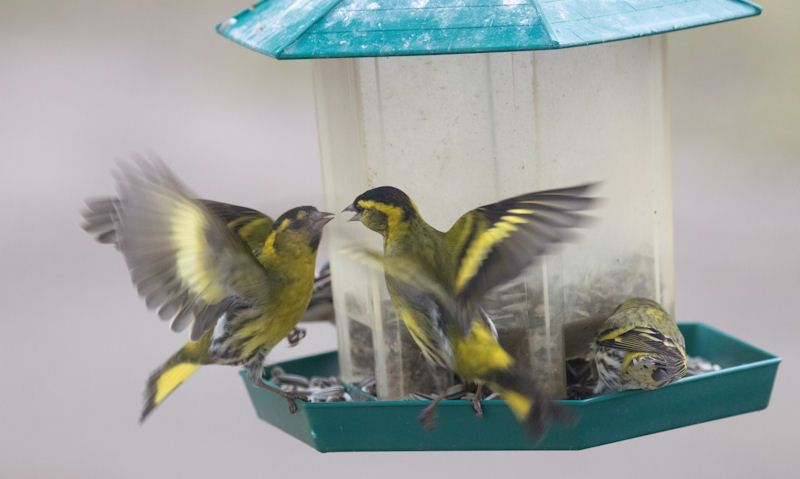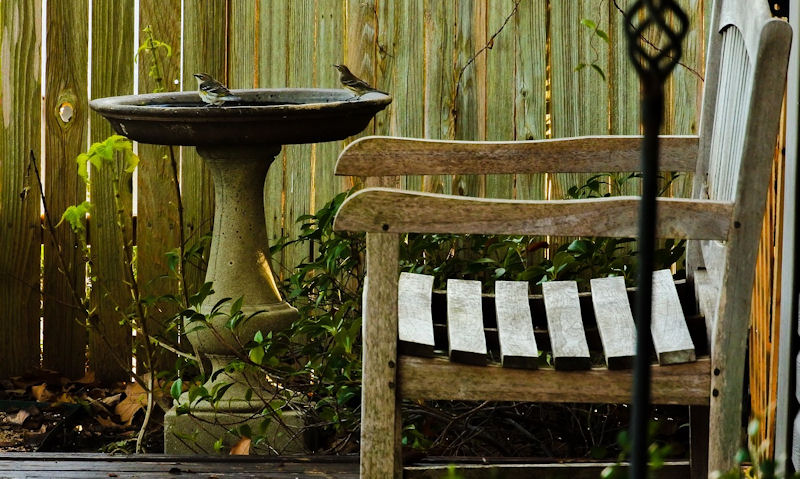When to put up bird boxes
I know it can be confusing knowing when to put up bird boxes in your garden, but to be honest you can put it up whenever.
Put up a bird box right at the beginning of the year to reach out to as many wild birds who intend to use a bird box, but there's never a guarantee they will be. January is the time to get it up but you have until February through March. If you miss the nesting season then the bird box can be used to roost in colder times.
British wild birds who use bird boxes will begin to nest at the same time, so to setup a bird box in January will guarantee nesting birds - if you are to be so lucky.
But it won't be until March through August officially until you see wild birds nest.
That is not to say it won't be possible to see a few loose cannons arrive in your bird box up to a month too early or a month later.
When you should put a bird box up is right now, because if you miss this crucial nesting season window - there's always the possibility of wild birds using your box specifically for roosting only.
Get your wooden bird box up intended for smaller birds to nest in January or February, then you could see roosting birds use your bird box early on.
Which is a good thing as it might be a positive sign as birds might use the box again later in the year to nest.
Beginning of the year
Quite literally, January would be the best time to put up bird boxes, as you only have until February until British birds start to nest.
That's assuming of course the wild birds arriving at your bird box don't nest outside the nesting window - as it is possible to see them arrive weeks or a month earlier.
You should have the whole of January to think about putting up the box while going into mid February should be where you finally put up the bird box.
Its certainly not the end to see nesting birds use your bird box, as you will have a couple of months more to see successful breeding in the box.
In time for nesting season
Its all a matter of getting a bird box up in plenty of time for the nesting season, which the RSPB verify is between March and August.
Once again, it is possible to see British birds breed outside this official window.
Its therefore possible to put up a bird box between January and say April, but no longer, as the breeding season begins to wined down.
Get a bird box up in January or February then you can be sure you can reach all breeding birds, including those who start earlier than planned.
If no breeding takes place early on, you could simply see your bird box used in the winter for roosting, just until the nesting season begins.
Setup bird box to roost
So there you have it, while you should put up a bird box ASAP, know that its never too early, and certainly never too late.
Being to early will only allow time for birds to visit your nesting box to see if its suitable for their needs - while being to late can see the bird box used to roost.
If wild birds do use the bird box very early on in the year, understand this could just be them roosting, so its possible to see a large number of birds in a box at any given time.
Its then possible to know if the intended bird box is going to be used for nesting as any one - or should I say any pair - species of wild birds will come and go as they find nesting material to create a comfortable home.
That's assuming you've cleaned out the bird box from the year previously, as it can deter birds from using it if it appears to be currently used.
Install in correct spot
In putting up a bird box, never do so in a rush to catch the early nesting season, you still have months to carefully site a bird box in the perfect spot.
It could also be to do with what species of wild birds you intend to attract to nest in your garden - as its important to only use species specific bird boxes only.
Other than that, there's also the matter of the correct entrance hole; so be sure to use a bird box that uses an entrance hole size from 25mm to 35mm to attract Blue Tits to Sparrows and Nuthatches.
To attract Robins, Wrens or Spotted Flycatcher to nest in your wooden bird box, then you will need an open front bird house design.
Finally, its all about positioning, so be sure that the bird box is facing north, north/east as to avoid direct sunlight, all while avoiding strong southerly wind.
No removing bird boxes
Remember, once you've positioned your bird box in time for the nesting season, there's absolutely no taking it down, once birds finally nest.
You can move the single bird box around the garden if you change your mind; heck you can even consider using multiple boxes, providing they are not positioned too close to one another, for certain species.
If you absolutely need to remove a bird box, be it through poor placement or if there's a danger of interference, by say the neighbours cat - then you can do so under certain circumstances.
Circumstances being only if the bird box is empty, never when its in use or occupied.
To know if your bird box is currently occupied by breeding or roosting birds, simply give it a couple of taps with your nails, while listening out for noises.
You can also quietly open the bird box lid, but never in a way that can disturb them.
To summarise when to install a box
Its never too late to put up a bird box, in fact your can put one up any month of the year, as it can be used for the nesting season, or why not to roost only.
Get your bird box up in your garden at the beginning of the year to guarantee you snagging any early breeders, who can begin their nesting season outside the traditional March through August window.
Having said that, January is a good time to setup a box, but you can still put a bird box up in February, March and April to possibly see the late breeding birds.
There is such thing as bird boxes being used outside any nesting season mind you, so your bird box is instead used for roosting.
Its a way for wild birds, usually of the same species, to cuddle up in the same bird box to stay warm at night through the cold winter months.


